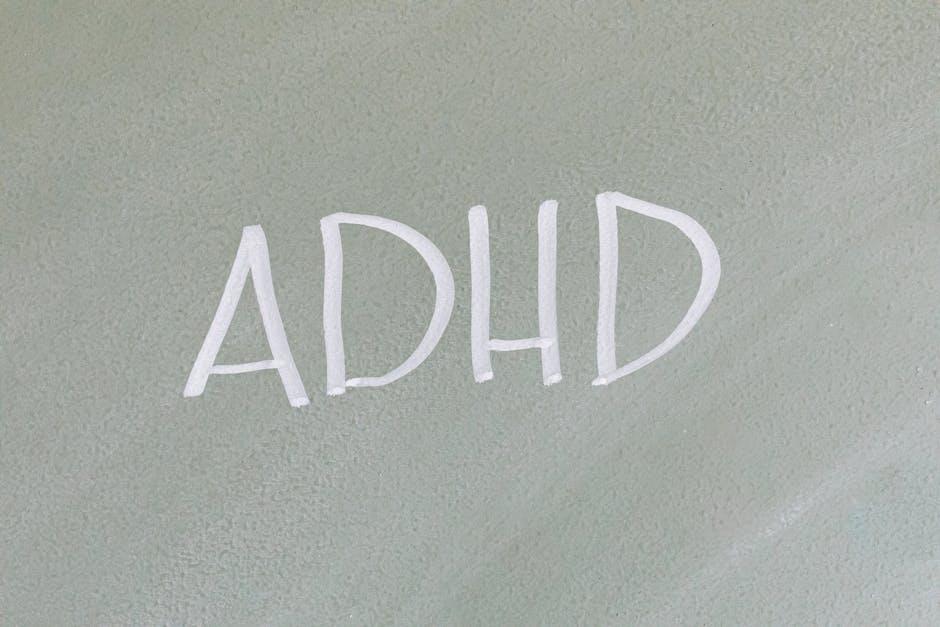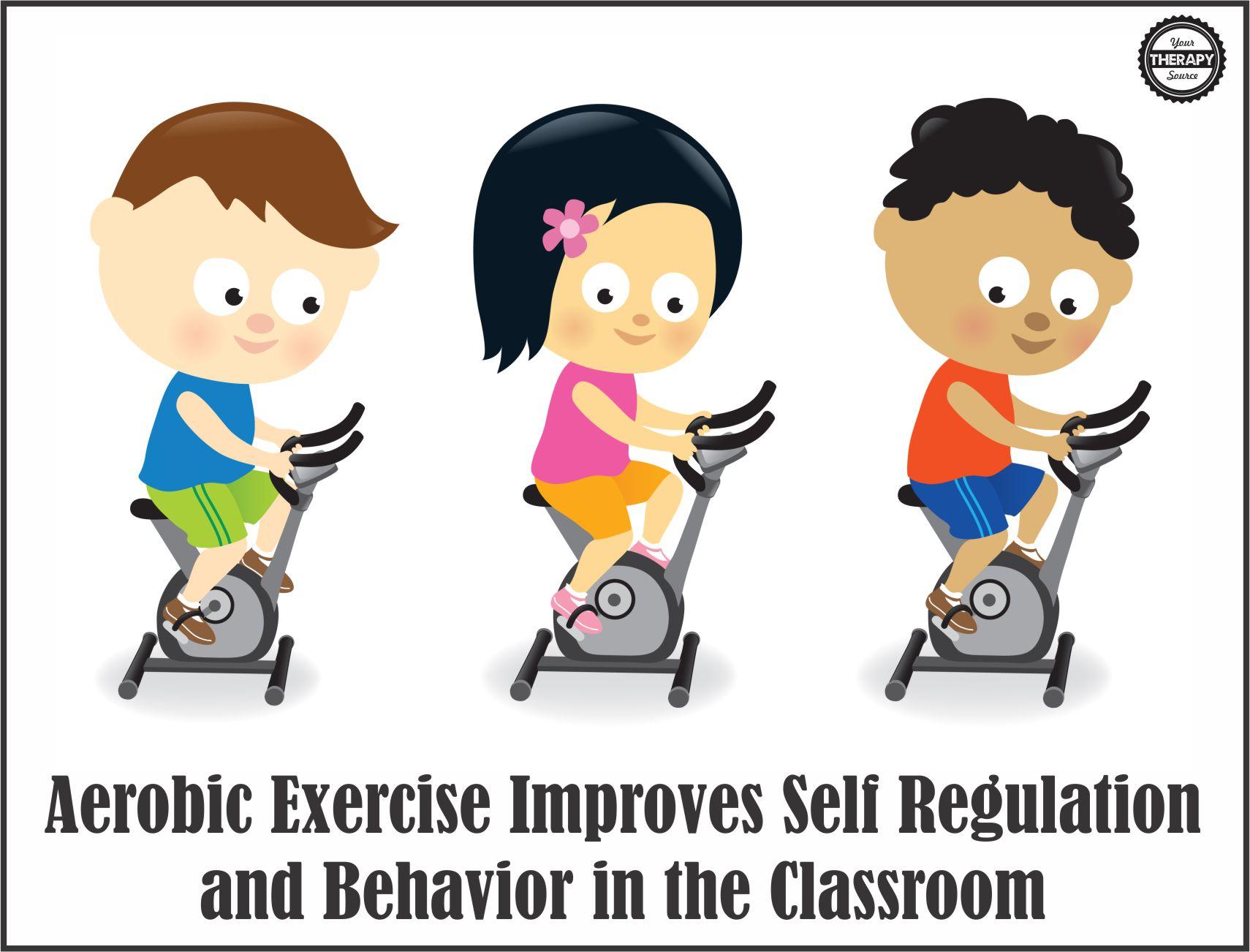In today’s fast-paced world, where stress and anxiety seem to be ever-present companions, finding effective strategies for managing behavior is more important than ever. One often overlooked yet incredibly powerful tool in this quest is exercise. The role of exercise in behavior management extends beyond mere physical health; it touches the very core of our emotional and psychological well-being. This article aims to illuminate how incorporating regular physical activity can lead to profound improvements in behavior, enhancing not only individual lives but also enriching the dynamics of families, workplaces, and communities. With a warm embrace of both scientific insights and practical advice, we invite you to explore how exercise can be a transformative force in creating a more harmonious and balanced life. Whether you’re a parent, educator, or simply someone looking to improve your own behavior management strategies, this guide will offer valuable perspectives and actionable steps to harness the full potential of exercise in your daily routine.
Understanding the Connection Between Physical Activity and Emotional Well-being
Engaging in regular physical activity is not only a cornerstone for physical health but also plays a pivotal role in enhancing emotional well-being. Exercise is a natural mood booster, releasing endorphins that act as stress relievers and mood elevators. It helps in reducing symptoms of anxiety and depression, offering a holistic approach to managing emotional and behavioral challenges. By incorporating movement into daily routines, individuals can experience an improved state of mind, increased energy levels, and a greater sense of calm.
- Reduces Stress: Physical activity lowers cortisol levels, helping the body manage stress more effectively.
- Boosts Self-Esteem: Achieving fitness goals can enhance self-confidence and create a positive self-image.
- Improves Sleep: Regular exercise can lead to better sleep patterns, crucial for emotional regulation.
- Enhances Cognitive Function: Activities that increase heart rate can also improve concentration and mental clarity.
Incorporating exercise into daily life doesn’t have to be daunting. Simple activities like walking, yoga, or dancing can make a significant difference. The key is to find enjoyable activities that seamlessly fit into one’s lifestyle, making it easier to maintain a consistent routine. Remember, the journey to better emotional well-being can start with just a few steps, both literally and metaphorically.

Incorporating Exercise into Daily Routines for Better Behavior Management
Integrating physical activity into daily life can significantly enhance behavior management, fostering a more harmonious environment. Start by identifying small opportunities to incorporate exercise into everyday tasks. For instance, consider a morning routine that includes a brisk walk or a short yoga session. Movement not only invigorates the body but also calms the mind, setting a positive tone for the day. Encouraging regular breaks for stretching or light exercises during work or study sessions can also help maintain focus and reduce stress.
- Replace sedentary activities with active ones, such as walking meetings or cycling to work.
- Introduce family fitness challenges to make exercise a fun and shared experience.
- Utilize short online workout videos that can be easily followed at home.
By embedding these practices into daily life, individuals can experience improved mood regulation and reduced anxiety, leading to more effective behavior management. Exercise becomes a tool for empowerment, enabling individuals to navigate their day with greater resilience and patience.
Choosing the Right Types of Exercise to Support Positive Behavior
When it comes to integrating exercise into behavior management strategies, it’s essential to tailor the activities to individual needs and preferences. Engaging in the right types of exercise can foster positive behavior changes by reducing stress, enhancing mood, and improving focus. Consider the following when selecting exercises:
- Aerobic Activities: Exercises such as walking, cycling, or swimming can be highly effective for releasing endorphins, which naturally boost mood and energy levels.
- Mind-Body Practices: Incorporating yoga or tai chi can enhance mindfulness and self-awareness, promoting calmness and reducing anxiety.
- Strength Training: Activities like weightlifting or resistance band exercises can increase self-esteem and resilience, fostering a sense of achievement.
- Team Sports: Engaging in sports like soccer or basketball can improve social skills and teamwork, supporting cooperative behavior.
Customizing these activities to fit personal interests and physical capabilities not only ensures consistency but also maximizes their positive impact on behavior. Integrating a variety of exercises can cater to different emotional and physical needs, creating a balanced approach to behavior management.

Practical Tips for Encouraging a Physically Active Lifestyle
Encouraging a physically active lifestyle can be a rewarding endeavor, especially when it comes to managing behavior effectively. Here are some practical tips to help foster a love for movement and exercise:
- Incorporate Fun and Play: Transform exercise into an enjoyable activity rather than a chore. Consider organizing family games, such as tag or a scavenger hunt, to make physical activity exciting and engaging.
- Set Realistic Goals: Help individuals set achievable fitness targets. Start small, with daily walks or short workout sessions, and gradually increase intensity and duration to build confidence and endurance.
- Create a Routine: Consistency is key. Establish a regular schedule for physical activities to integrate them seamlessly into daily life. This could be morning stretches, lunchtime walks, or evening bike rides.
- Leverage Technology: Use fitness apps or trackers to monitor progress and set challenges. Many apps offer virtual classes and community challenges that can motivate participation and foster a sense of achievement.
- Be a Role Model: Demonstrate the importance of an active lifestyle by leading by example. When others see you enjoying physical activities, they are more likely to be inspired to join in.

